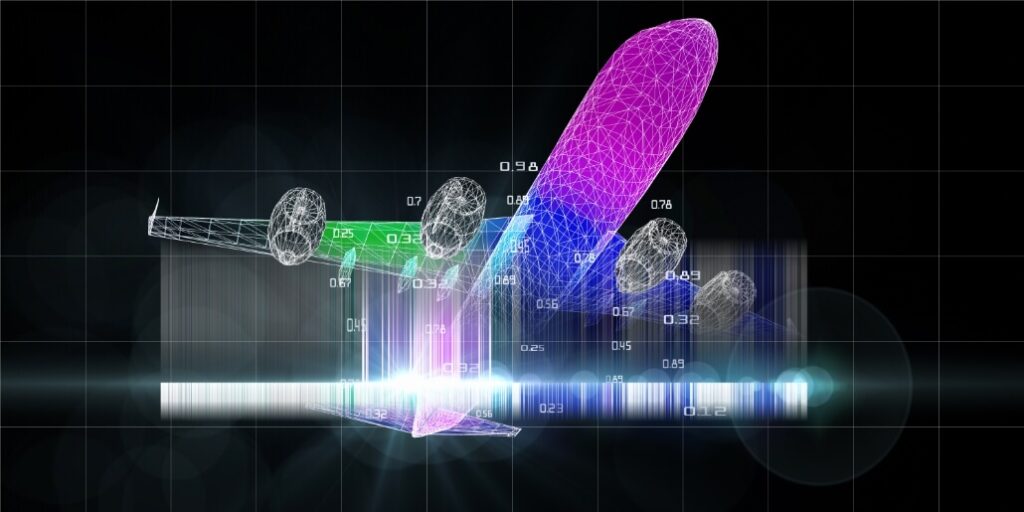
ARADISS taps into real-time battery voltage and current data, extracting features that form the foundation of its learning models.
These models, often referred to as “norm maps,” establish independent relationships between battery metrics and each system’s operational variables.
When there’s a deviation from the established norm, it signifies an anomaly. ARADISS quantifies these deviations using five critical parameters from its unsupervised anomaly detection algorithm.
What sets ARADISS apart is its ability to self-adapt to gradual system changes. This ensures highly accurate and sensitive diagnostics over time.
Not only does ARADISS provide a tailored fault management solution, but it also facilitates the quick implementation of mitigation strategies. This combination makes it a cost-effective choice for various platforms.
A growing variety of crewed and uncrewed aerial vehicles utilize batteries as their primary power source. These vehicles comprise various interacting components and sensors for safe operation and their respective missions.
As their interactions, complexity, and numbers increase, the risk for anomalies such as degradation of components, sensor faults, and erroneous controls increases. These anomalies pose significant risks for vehicles flying over densely populated areas or conducting critical missions. It is, therefore, crucial to detect and mitigate these anomalies.
Cheaper and faster to implement than traditional fault management while being transparent
On-board or off-board (e.g. ground control, telemetry-based) deployments
Provides comprehensive and robust fault coverage
Can be rapidly and automatically adapted to new platforms
Low computational requirements
Improves autonomy
Can act as a “second line of defense” on top of traditional fault detection for highly risk-averse missions
Root cause identification
Sensor and component faults
Software bugs and cyber threats
Environmental disturbance
Space systems, including satellites and robotic systems
Unmanned aerial, ground, and underwater vehicles
Other cyber-physical systems, such as automobiles
Get in touch with our team today to discuss how we can help solve your problems.
Stay up to date with the latest news, updates, and tech advances in the industry